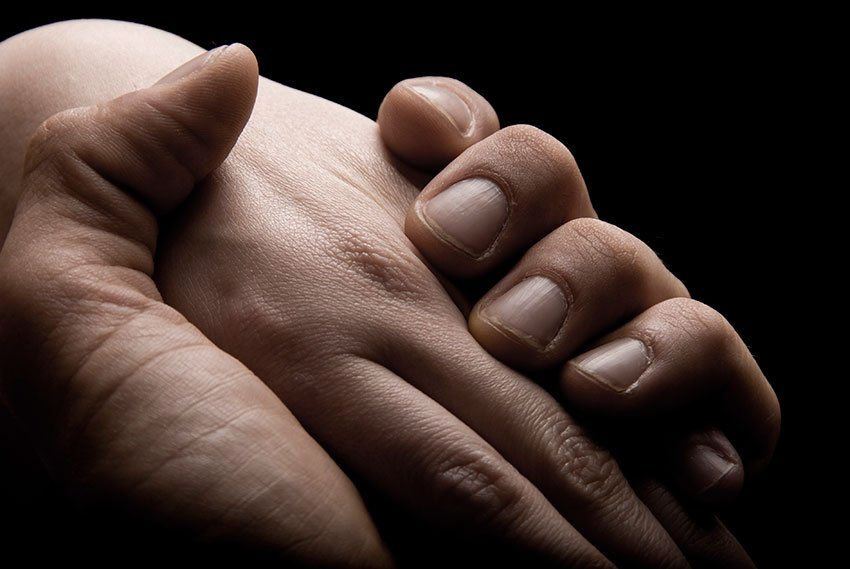You may have been experiencing ongoing problems with stiffness or discomfort in your hand and have visited your doctor, only to find out that you have a little-known condition called Dupuytren's contracture. Though a diagnosis may be a relief, you likely want to know more about this mysterious condition.
Get to know some of the facts about Dupuytren's contracture so you can make the best decisions regarding treatment and care going forward.
Dupuytren's contracture is a condition of the hand occurring in the tissues of the palm. Small knots or balls form in the tissue underneath the skin of the palm first. Eventually, as the disease progresses, those knots form a band across the palm.
This band of hardened tissue ultimately affects the fingers as well. It causes the muscles that extend through the palm to the fingers to stay contracted. This can, in turn, make the fingers of the hand remain permanently bent and unable to straighten fully.
Dupuytren's contracture is not a condition that occurs all at once. The fingers, for example, will become increasingly difficult to straighten over time. They will also eventually become more bent as the band of hardened tissue forms in the palm.
Medical professionals are unsure as to the causes of Dupuytren's contracture. There is little evidence that it is connected with injuries to the hands or with certain types of manual labor.
However, doctors do know that males over 40 are more likely to have Dupuytren's contracture than any other demographic group. If a person is of Northern European descent, they may also be more likely to suffer from the condition.
There are many ways that Dupuytren's contracture can be treated and managed, depending on the severity of the condition. When Dupuytren's contracture is mild, for example, there may be no treatments necessary aside from monitoring and self-care
.
You can care for your hand at home by exercising your hand and performing self-tests to determine the progress of the condition. This self-test is known as the tabletop test and merely involves trying to lay your palm and fingers flat on a table. The more your hand is bent, the more severe your Dupuytren's contracture.
When cases are more severe and the function of the hand is impaired, more aggressive treatments can be performed. One such treatment is known as needling. This treatment requires a doctor to use small needles to puncture the hardened band of tissue, causing the muscles in your fingers to contract. The needles are meant to break up the band, relieving the pressure on those muscles.
Another minimally-invasive treatment option for Dupuytren's contracture is an injection treatment. Your physician would inject a solution containing the enzyme collagenase clostridium histolyticum. The injections are done directly into the band of hardened tissue in your palm.
This enzyme contains proteins that will attack the cells in the band, breaking it up and helping to loosen it enough that the muscles in the hand can better function. These injection treatments are a two-part process – you first receive the injection and then follow up with your doctor 24 hours later to stretch the hand and further break down the band of tissue.
In the most severe cases of Dupuytren's contracture, or in those that do not respond to conservative treatments, surgery is the best option. This surgical option involves your
hand surgeon
removing the palm tissue affected by this condition.
Depending on the amount of affected tissue, the skin on your palm may also need to be removed, which would require skin grafting as well. Following surgery, physical therapy is often necessary. However, the benefits of surgery last longer than other options and can make a greater difference in your hand function.
With this information in mind, you can be sure that you manage your Dupuytren's contracture in the manner that best suits your needs.





